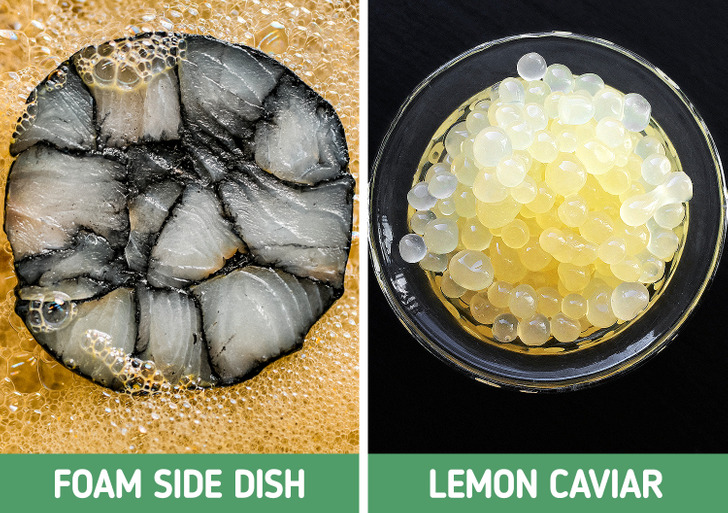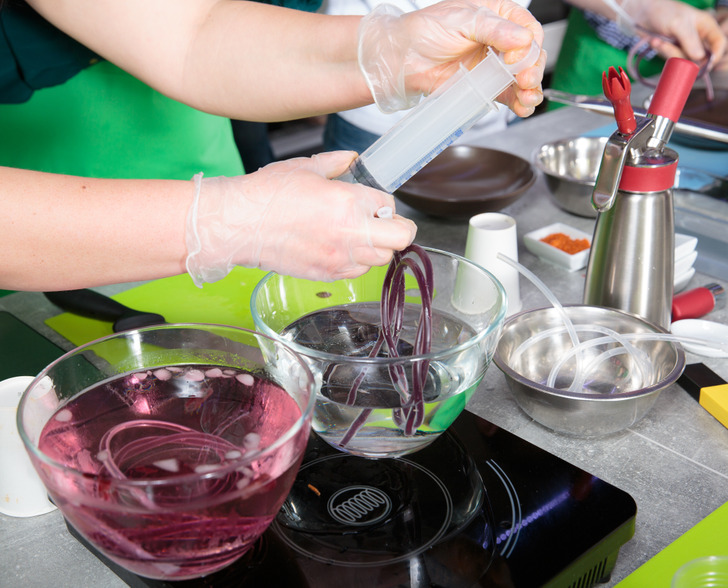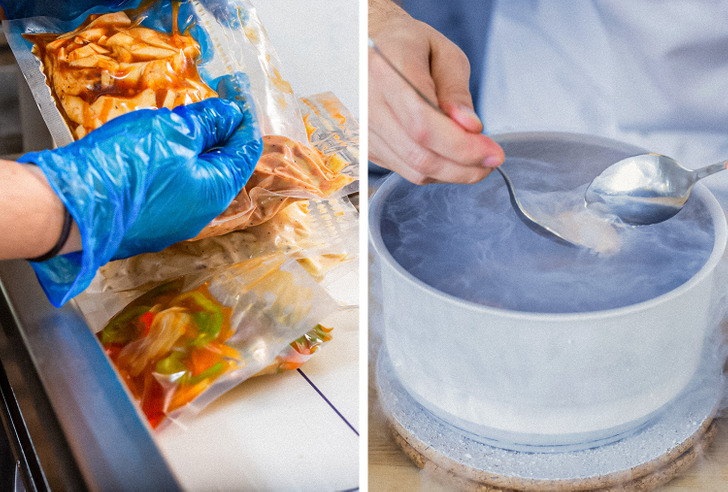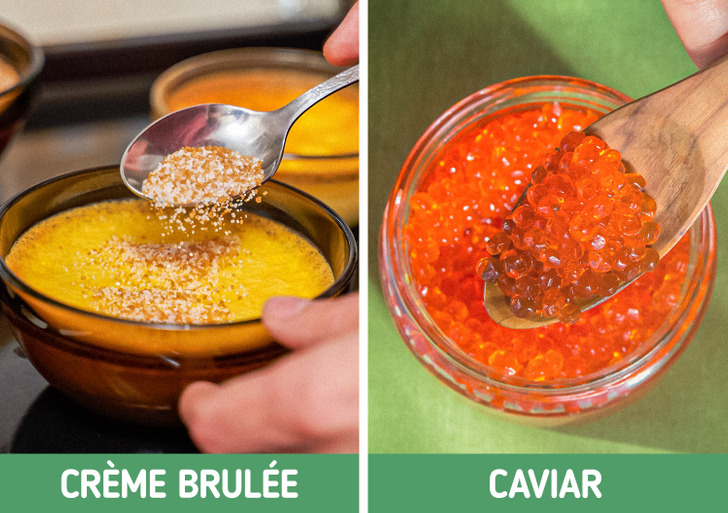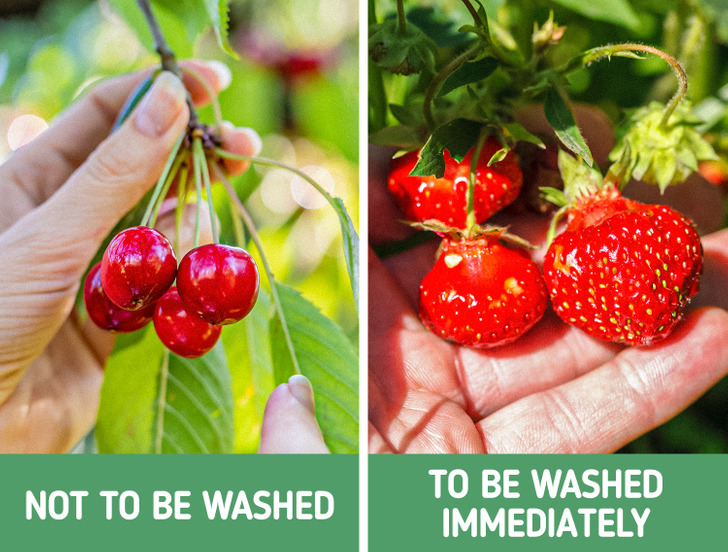The Simple Definition of Molecular Gastronomy, and Why It Is Becoming More and More Popular
Cooking is often called a creative process where you can experiment with different ingredients and come up with your own recipes. But this seems like nothing compared to the experiments of scientists and culinary specialists who create ice cream from ham or parmesan marshmallows, and call it molecular gastronomy.
At 5-Minute Crafts, we would like to tell you about how it can even be possible and why such unusual food is becoming more and more popular.
What is molecular gastronomy?
Molecular gastronomy appeared thanks to scientists and culinary experts who wanted to look at the process of food preparation through the lens of science in order to determine the chemical reactions and physical processes that occur between different food ingredients.
As a result, in 1988, 2 scientists established a new scientific discipline called “molecular gastronomy,” thanks to which, chefs can learn more about the phenomena that occur during culinary processes and then create unusual combinations of flavors.
This doesn’t mean that food is made from food molecules. Ordinary ingredients, like meat, fish, vegetables, fruit, herbs, and other foods are used in molecular gastronomy. What really matters is the way a dish is prepared. The word “molecular” is used as a reference to the fact that this branch of science relies on scientific knowledge from the fields of physics, chemistry, and biology.
As a result, haute cuisine chefs can create amazing dishes. For example, molecular gastronomy knowledge can help you make lemon caviar and fruit juice spaghetti, or help turn anything from the side dish to the main course into foam.
Main molecular gastronomy methods
- Spherification is the transformation of a liquid into jelly-like spheres, usually resembling caviar in appearance and texture. Tapioca balls, which are added to traditional bubble tea, are one example of spherification.
- Dehydration is the removal of moisture from meat, vegetables, or fruit to change their flavor and texture. The dehydration process has been used for centuries to dry certain fruits, tomatoes, and meat but in molecular gastronomy, it’s used in a creative way.
- Foaming is a process in which, under the influence of gas, a jelly-like liquid turns into an emulsion. At the end, you get an aromatic or flavorful essence usually used as a sauce or a garnish for a dish.
- Carbonating involves the addition of carbon dioxide to an ingredient to make it effervescent. So you can get sweets and desserts that provide a fizzy sensation on your tongue.
- Sous vide is a cooking method by which food is placed in a special bag, vacuum sealed, and then cooked in a water bath making the final product very tender.
- Flash-freezing is a process that involves exposing food to liquid nitrogen or low temperatures just long enough to freeze the outside without solidifying its inside, and after defrosting it doesn’t lose its shape or flavor.
- Thickening is a process where food is thickened with special agents, so that it doesn’t need to be exposed to heat or other aggressive cooking methods that can change its original taste.
- Glueing involves the use of transglutaminase, an enzyme that speeds up protein reactions between substances, so they stick together. It’s often used as an additive to foods like meatballs, tofu, and yogurt.
There are other techniques of molecular gastronomy, like adding edible paper made from potato starch or soybeans to a dish, or converting high-fat liquids into a powder that can add a savory or sweet touch to any dish.
Some dishes of molecular gastronomy
Dishes of molecular gastronomy don’t always look unusual. You have probably already tried some of them without even knowing it. For example:
- Soufflé
To make it, you need to whisk egg whites and mix them with other ingredients, and then bake at a certain temperature, otherwise, the dish won’t work.
- Crème brulée
It gets its sweet, crunchy coating thanks to the caramelization of sugar, which occurs when the layer of sugar on top of the dessert is heated with a small kitchen torch.
- Vegan caviar
It is usually made from kelp and seaweed: a jelly-like mixture is prepared from them which is dripped through a syringe into vegetable oil. As a result, you get small balls that look like real caviar.
The importance of molecular gastronomy to an ordinary person
Until recently, the scientific approach was only in demand in agricultural science and nutritional science, while at home, in cafes, and in restaurants, people store and prepare food, relying on various traditions which have been formed over the centuries. Molecular gastronomy has changed that.
If we use science to understand culinary processes or methods of cooking, we can tell why we get a certain result. For example, you can learn how to make delicious espresso after dozens or even hundreds of unsuccessful attempts, by using the recommendations of scientists.
Or, for example, by knowing the chemical and physical processes that produce the perfect meringue, you don’t need to worry about whether you can make this dessert right or whether you are just wasting time and food. You just have to be precise in following the recipe.
Apart from that, molecular gastronomy allows you to confirm or refute some traditional culinary theories. For example, it was previously believed that strawberries lose their flavor if washed. But they don’t. And vice versa: cherries, for example, should be rinsed with cool water only immediately before eating, otherwise the moisture will speed up the decaying process.
